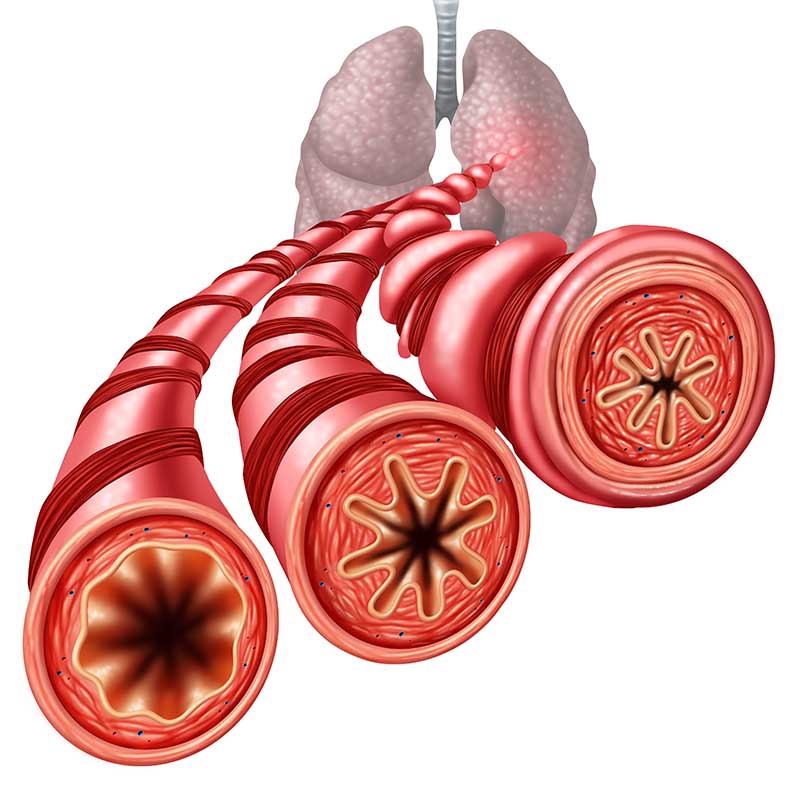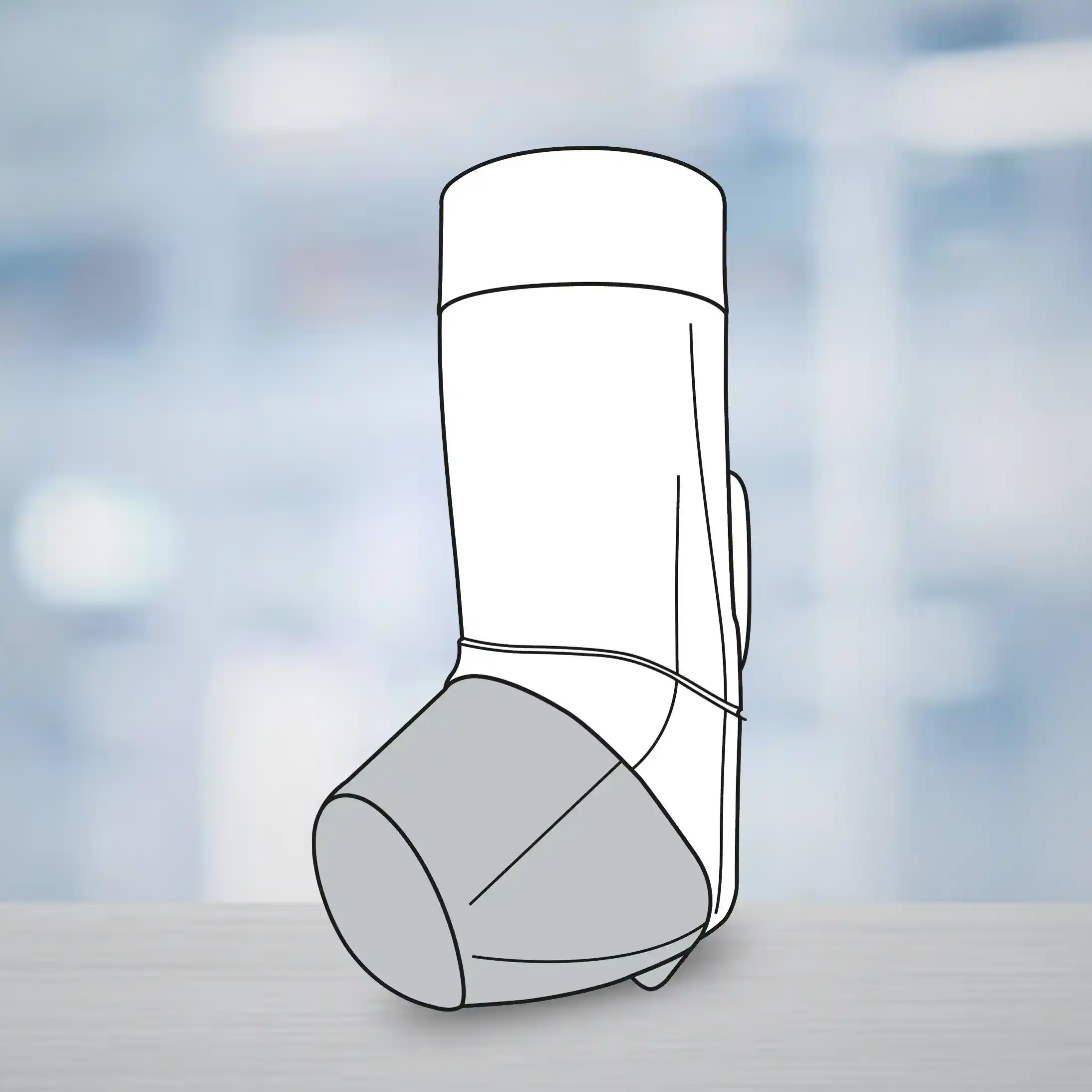Introduction
Coexisting type-2 diabetes mellitus (T2DM) and cardiovascular disease (CVD) increase the risk of death. Moreover, there is a concern that intensive glucose lowering, or the use of specific glucose-lowering drugs may lead to adverse CV outcomes. Establishing the CV safety of glucose lowering agents is therefore essential. The impact of empagliflozin, a sodium–glucose cotransporter-2 inhibitor (SGLT2i) on CV morbidity and mortality, when added to standard care in high-CV risk patients with T2DM is not known.
Aim
The EMPA-REG OUTCOME trial determined the impact of empagliflozin, as compared with placebo, on CV morbidity and mortality in patients with T2DM at high risk for CV events (while receiving standard care).
Patient Profile
- Adult T2DM patients (age ≥18 years) with a body mass index (BMI) of ≥45 Kg/m2 or an estimated glomerular filtration rate (eGFR) ≥30 ml/min/1.73 m2.
- All the study subjects had established CVD and had not received any glucose-lowering agent for at least 12 weeks before randomization.
Methods
Study Design
- A randomized, double-blind, placebo-controlled trial, conducted at 590 sites across 42 countries.
Treatment Strategy
- The study subjects were randomized 1:1:1 to receive 10 mg or 25 mg of empagliflozin or placebo once daily.
Outcomes
Primary Outcome
- A composite of death from CV causes, nonfatal myocardial infarction (MI, excluding silent MI), or nonfatal stroke.
Secondary Outcome
- A composite of the primary outcome and hospitalization for unstable angina
Safety outcomes
- Incidence of adverse events (AEs)
Results
- The primary analysis included 7020 patients (median observation time: 3.1 years).
- Patients treated with empagliflozin (pooled group) had a significant 14% reduction in the incidence of primary outcome vs. those treated with placebo [10.5% vs. 12.1%; hazard ratio (HR): 0.86; p <0.001 for non-inferiority and P=0.04 for superiority] (Fig. 1).
- Fewer patients treated with empagliflozin (pooled group) experienced the secondary outcomes, vs. those treated with placebo (12.8% vs. 14.3%; HR: 0.89; P <0.001 for noninferiority and P=0.08 for superiority) (Fig. 1).
Fig. 1: Incidence of primary and secondary outcomes in the study groups
|
- The incidence of MI or stroke did not differ significantly between the study groups, but patients in the empagliflozin vs. placebo group had significantly lower incidence of death from CV causes (3.7% vs. 5.9%; relative risk reduction: 38%), hospitalization for heart failure (2.7% vs. 4.1%; relative risk reduction: 35%), and death from any cause (5.7% vs. 8.3%; relative risk reduction: 32%).
- At 12 weeks, the adjusted mean difference in the glycated hemoglobin (HbA1c) level between patients receiving empagliflozin (10 mg) vs. placebo was −0.54 percentage points and that between patients receiving empagliflozin (25 mg) vs. placebo was−0.60 percentage points. At week 94, the adjusted mean difference in the HbA1c between patients receiving empagliflozin (10 mg) vs. placebo was −0.42 percentage points and that between patients receiving empagliflozin (25 mg) vs. placebo was −0.47 percentage points. At week 206, the adjusted mean difference between patients receiving empagliflozin (10 mg) vs. placebo was −0.24 percentage points and that between patients receiving empagliflozin (25 mg) vs. placebo was −0.36 percentage points.
- A higher percentage of patients receiving empagliflozin reported genital infection, vs. those treated with placebo. There was no increase in other AEs in patients treated with empagliflozin vs. placebo.
Conclusion
- T2DM patients at high risk for CV events who received empagliflozin (along with standard care), had a lower incidence of primary composite CV outcome and of death from any cause as compared with placebo.
N Engl J Med 2015;373:2117-2128.








